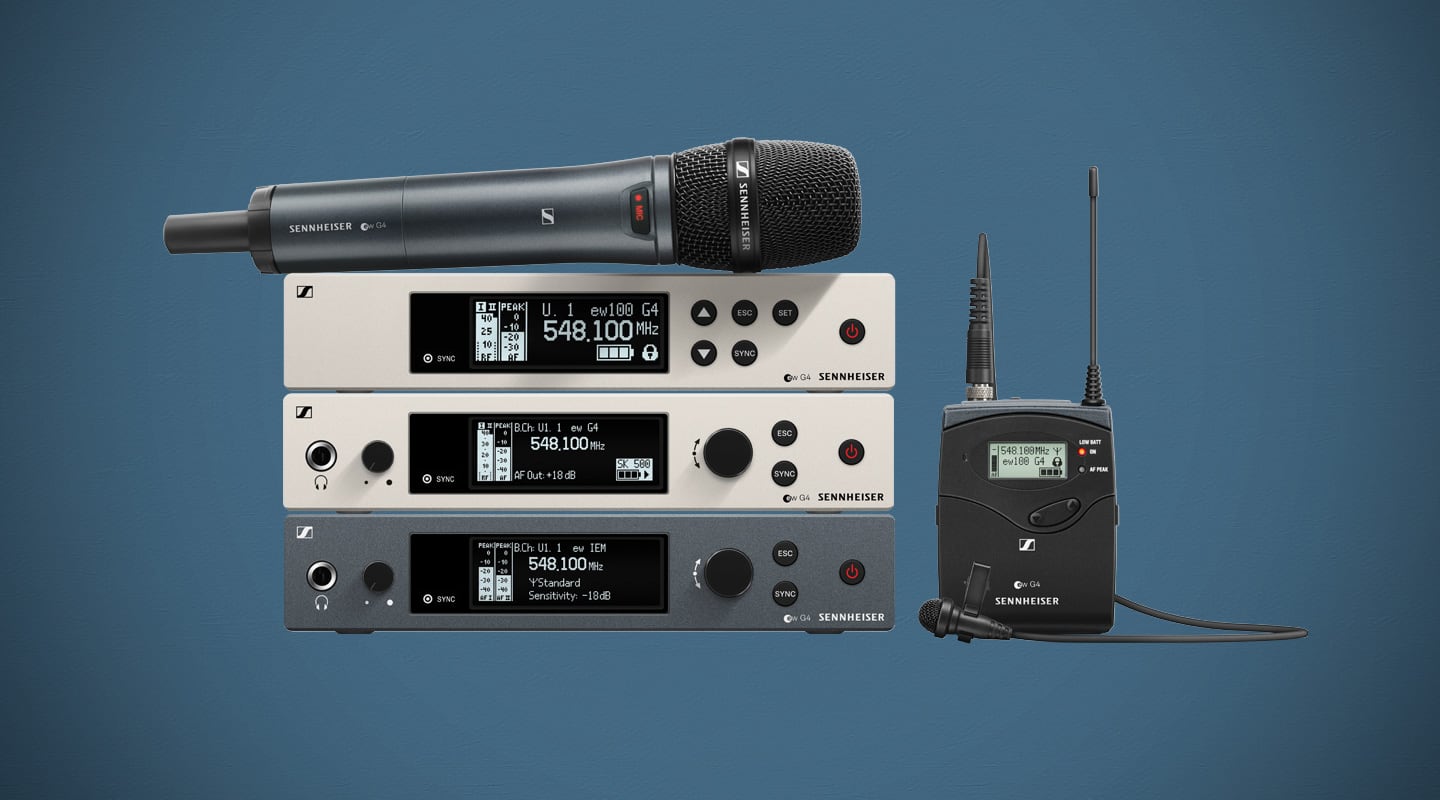
Review: Sennheiser Evolution G4
It’s been 10 years since the G3 launch. The theme of G4 is ‘more’.
How big is the wireless mic market? Have a guess.
I found a report from Grand View Research (released in October last year) that valued the global wireless market in 2016 at US$2b, with the handheld segment accounting for about 65%. The market is set to hit US$3.5b by 2025, according to the report.
So we can all agree: it’s a significant market.
Sennheiser and Shure are like the Coles and Woolies of the wireless market. Yes, there are other competent players and there are niche competitors but Sennheiser and Shure rule the roost.
10 YEARS SINCE G3
10 years ago, Sennheiser launched the third generation of its Evolution wireless. It hit a real sweetspot — the price was right and the systems were rich in features.
The market has been anticipating a G4 for some time.
It’s arrived. The G4 offering has been somewhat simplified, or at least easier to get your brain around the alternatives.
There’s the 100 Series, the 500 Series and an IEM series.
The 300 series is aimed more specifically at commercial AV purposes. The ENG kits are called 100P and 500P.
The headline improvements include:
- Easy linking and setup of up to 12 100 Series channels.
- Up to 72MHz bandwidth for up to 32 compatible channels with 500 Series (100 Series remains at 42MHz).
- More power; all transmitters except the 100 Series adds a ‘Hi’ 50mW RF output setting, equivalent to the power of the 6000 series.
There are a few other key points that will squeeze a sigh of relief from rusted on users. There’s now a dedicated Esc button on the rack units. For infrequent users of G3, exiting menus could be a stumper. The power supply has also been squished into a low-profile design that only occupies one socket space on a power board! It’s the little things. Before you get too excited, it’s still the bigger wall wart for the antenna distribution accessories. The 100 series handheld transmitter also now comes with a programmable mute switch. Yay? You’re wondering. Well, never fear, you can disable it completely. On the looks side, well, the new white receiver chassis and space grey IEM units look hot, and all the transmitters now have OLED screens.
As you’d expect, there’s a variety of configuration kits (instrument, lav, headset) along with the choice of your favourite Sennheiser capsule. And like all Evolution products, they use Sennheiser’s HDX compander and are interchangeable, if you only want to upgrade one component.
HIGH PERFORMER
I was sent a channel of 500 Series handheld (with a 965 head), a channel of IEM and a 100 Series headset kit.
I’ve largely been a Shure wireless guy. The experience I’ve had with Sennheiser wireless has mostly been with its cheaper 2.4GHz D1 models. Meanwhile I’ve mostly had experience with Shure’s SLX and BLX series. The 500 Series handheld system feels like a step up. You firstly notice the heft of the transmitter — the mic is a solid aluminium construction and you know you’ve got it in your hand. Apparently the handheld is slightly trimmer than G3 — it’s still reassuringly solid. The sound of the e965 condenser capsule is superb — big and detailed. There’s also no handling noise to speak of. The wireless performance was faultless. This is Generation 4 after all, it’s not Sennheiser’s first wireless rodeo, and it shows.
NEED TO KNOW
Sennheiser Evolution G4
Wireless Microphone & IEM Systems
MORE IS MORE
Everyone wants more wireless. When Evolution wireless started life, the expectation was that the customer may want a channel or two. If you needed eight or more then you were entering the pro realm and should pay accordingly. Now, eight channels is nothing. Theatre, touring bands, churches will routinely have that many channels and more.
Wrangling lots of wireless usually requires some organisational chops and a little RF know-how. For G4 to take care of your frequency management is a real asset. In fact, G4’s overall approach to the simplification of working with multiple channels is most welcome.
But most people will tell you, the biggest hassle with working with lower cost wireless is the battery situation. It’s a pain in the neck, and if you’re using disposable alkalines then it’s terrible for the environment and expensive.
A TAKE ON LITHIUM
I was really hoping for a big step up in the battery situation. An innovative long-life rechargeable lithium-ion set up (or similar) that would shake up this end of the market. My recent experience with Shure’s GLX-D Advanced system’s batteries with integral charge bay was a real eye opener. The downside is GLX-D is 2.4GHz.
In Sennheiser world, you can purchase Ni-Mh battery packs and charge bays for up to eight hours of battery life, but not the 13+ hours you get with the lithium alternative.
If Sennheiser did something similar to the GLX-D Advanced with G4 it would have ripped the lid off the wireless universe.
CONSTANT EVOLUTION
It’s interesting, the Sennheiser literature says, ‘Evolution wireless users have come to expect an ever-evolving feature set with each new generation, and evolution wireless G4 is no exception’. I think this statement perfectly encapsulates G4. It’s an evolution. Don’t expect a revolution. Saying that, you can expect rock solid performance, great sound, and if you’re going for the 500 series, you’ve got a genuine pro system that can accommodate 32 channels. All at the right price.
Evolution has been the go-to wireless for so many for so long, and G4 ensures it will stay that way.





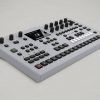







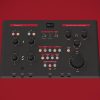
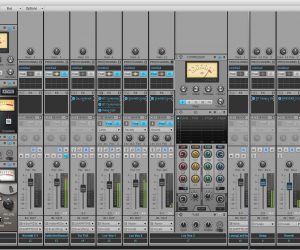
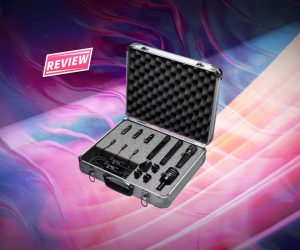
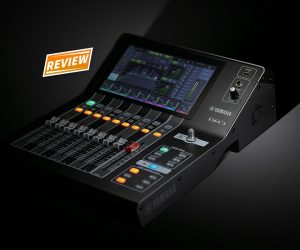






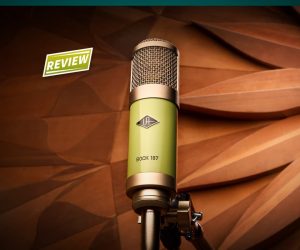

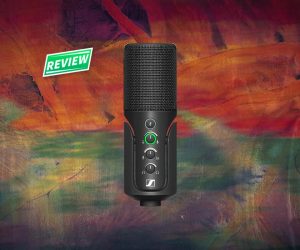


RESPONSES